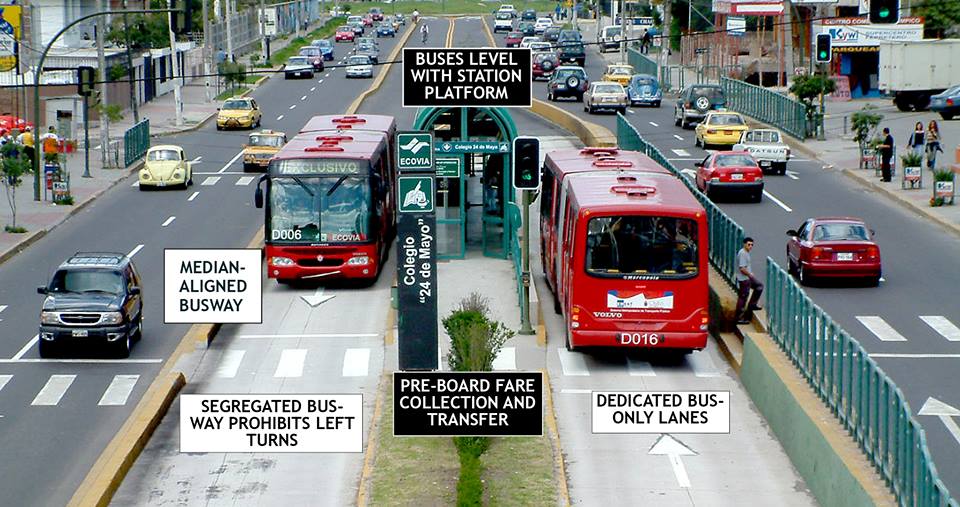We’ve all experienced Manila traffic in various forms of hellishness, and our latest brush with it was last night during APEC Week. Motorists were stuck in hours-long traffic while commuters waited in vain for public transportation. Luckily, some motorists had the kind heart to share their cars to stranded commuters.
Because of the worsening traffic situation, one netizen is proposing a bus rapid transit. According to Abi Mapua Cabanilla, a BRT is flexible, cheap, and it may just help the traffic. According to Abi:
This scene is actually a good prototype already for setting up a BRT corridor. PH government, come on now we can do it! Bus Rapid Transit (BRT) have the capacity and speed of light rail with the flexibility, lower cost and infrastructure simplicity of a bus system. These BRTs can easily haul 60-100 commuters.
She also cited the Institute for Transportation and Development Policy, which advocates for a BRT:
Bus Rapid Transit (BRT) is a high-quality bus-based transit system that delivers fast, comfortable, and cost-effective services at metro-level capacities. It does this through the provision of dedicated lanes, with busways and iconic stations typically aligned to the center of the road, off-board fare collection, and fast and frequent operations.
Because BRT contains features similar to a light rail or metro system, it is much more reliable, convenient and faster than regular bus services. With the right features, BRT is able to avoid the causes of delay that typically slow regular bus services, like being stuck in traffic and queuing to pay on board.
Do you agree? Share your thoughts below!





